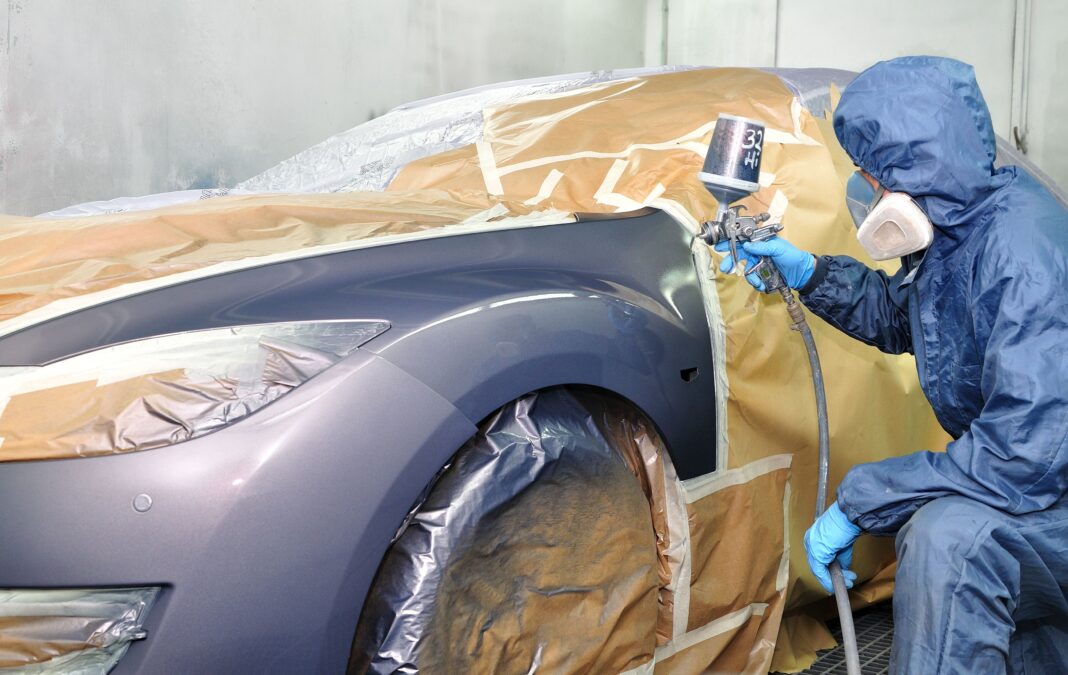A Comprehensive Guide
Painting a car is a significant undertaking that requires careful planning and precise execution. Whether you’re a DIY enthusiast aiming for a new look or a professional preparing for a full repaint, understanding how much paint you need is crucial to achieving a smooth, even finish without running short or overestimating your requirements. Here’s a detailed guide to help you determine the right amount of paint for your car.
Factors Influencing Paint Quantity
Several factors can affect the amount of paint required for a car:
- Size of the Vehicle: The size and type of vehicle are primary determinants of paint volume. A small car will require significantly less paint than a large SUV or truck. Additionally, different body styles, like sedans versus sports cars, can influence paint needs.
- Number of Coats: Typically, a full paint job involves applying multiple coats. The basic layers include a primer, base coat, and clear coat. Each of these layers contributes to the overall paint volume required. For a standard finish, you’ll need to account for these multiple layers.
- Paint Type: Paint comes in various types, such as acrylic, enamel, and urethane, each with different coverage rates. High-quality paints may offer better coverage but might be more expensive. The choice of paint can impact the total amount needed.
- Method of Application: Whether you’re using a spray gun, brush, or roller, the application method can affect the amount of paint needed. Spray guns tend to provide a more even coat, which can sometimes reduce the amount of paint used compared to brushes or rollers.
- Surface Preparation: Proper surface preparation, including sanding and priming, can influence paint consumption. Well-prepared surfaces require less paint to achieve a smooth finish.
Estimating Paint Requirements
To estimate how much paint you need, consider the following guidelines:
- Standard Coverage Estimates: On average, one gallon of automotive paint covers approximately 300 to 400 square feet. Since the exterior of most cars ranges between 200 and 300 square feet, one gallon of paint should suffice for a single coat on a typical car.
- Number of Coats: For a complete paint job, you’ll usually need three coats: primer, base coat, and clear coat. Therefore, if you’re planning to apply all three, you should multiply your base coverage estimate by three. For example, if one gallon covers 300 square feet, you’ll need approximately three gallons for the entire job (one gallon per coat).
- Specific Vehicle Examples:
- Small Car (e.g., Honda Civic): Typically requires about 2 to 3 gallons of paint in total for all layers.
- Mid-Size Car (e.g., Toyota Camry): Approximately 3 to 4 gallons.
- Large SUV or Truck (e.g., Ford F-150): Usually requires around 4 to 5 gallons.
- Additional Considerations: If the car has a complex design with multiple colors or custom patterns, additional paint might be needed. It’s also wise to purchase a little extra paint to account for any touch-ups or mistakes.
Practical Tips
- Consult Professionals: When in doubt, consult with a professional painter or auto body shop. They can provide a more precise estimate based on the specific details of your vehicle.
- Buy Quality Paint: Investing in high-quality paint can improve coverage and durability, potentially reducing the amount you need.
- Consider Paint Mixing: If you’re mixing paint yourself, be sure to follow the manufacturer’s instructions for achieving the right consistency and color match.
Conclusion
Determining the right amount of paint for a car involves understanding various factors such as vehicle size, number of coats, paint type, and application method. By following these guidelines, you can ensure that you have sufficient paint to complete your project successfully without excess waste. Whether you’re refreshing your car’s look or embarking on a full-color change, accurate estimation and proper preparation are key to achieving a professional and satisfying result.




